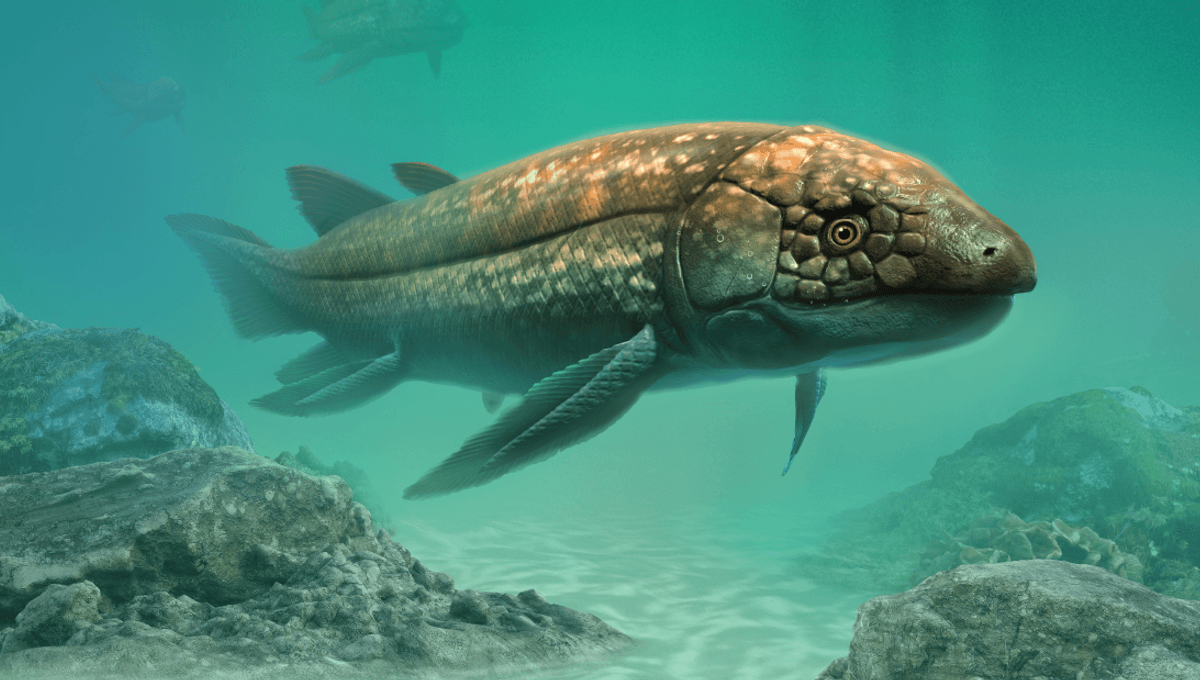
A fossil hunter has been honored with the most coveted of rewards among nature enthusiasts: getting a shiny new-to-science species in his name. Steve Edwards is also a safari guide in northern Zimbabwe, where he found a fossil of a curious fish that lived when the dinosaurs were just getting started around 210 million years ago.
The fossil is of a new species and has been named Ferganoceratodus edwardsi to commemorate the efforts of Edwards, who also has a phytosaur and a new dinosaur in his fossil finds portfolio. It’s a type of lungfish, a group of animals that has endured for 420 million years – you can still see them alive today.
Lungfish, as the name suggests, are notable for the strange ways in which they breathe. Like many fish, they have a swim bladder. Unusually, this develops into a kind of adapted lung as they get older, allowing them to breathe out of water.
That skill came in handy when these fish decided to drag themselves up on land, eventually becoming tetrapods: the four-footed animals that encompass all vertebrates higher than fishes. This means they hold a lot of secrets when it comes to understanding the innovations associated with terrestrialization, which is why scientists were so excited to sequence their massive genome back in 2021.
Those early innovations include the lungfish’s unusual talent for sleeping through the heat by hiding out in a burrow wrapped in a mucus cocoon. They leave just enough space for the mouth to breathe while they go without food and water for up to four years.
It’s an awesome behavior and one of many quirks of lungfish scientists are eager to learn more about. So, the discovery of a new species of lungfish is always a remarkable fossil find to be added to the ichthyological collections.
In the case of Ferganoceratodus edwardsi, it’s a reminder that you don’t have to be a full-time paleontologist to make a discovery that changes natural history.
“Steve is an important force for palaeontology, having discovered several Late Triassic sites in southern Africa,” explained co-author of the research Prof Paul Barrett to the Natural History Museum, London, where he is Merit Researcher for Earth Sciences.
“This is a time in history when the rise of the dinosaurs was starting, and bony fish were diversifying. By sharing his discoveries, Steve is helping us to better understand this important moment in evolution.”
The study is published in the Journal of Vertebrate Paleontology.
Source Link: New 210-Million-Year-Old Lungfish Species Lived When Dinosaurs Were Just Getting Started